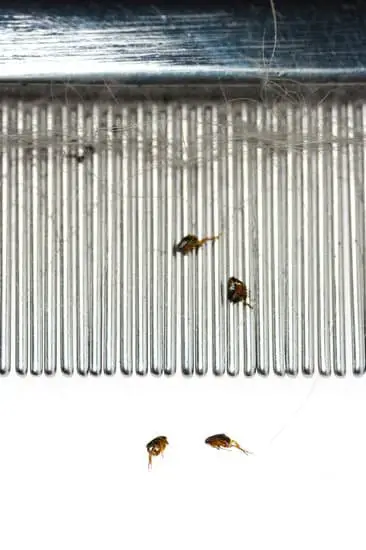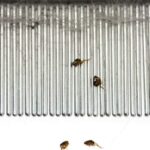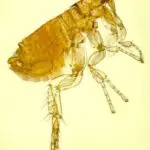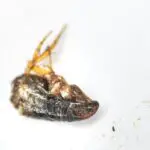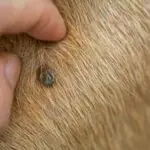How Do Fleas Work on Humans?
Fleas work by biting us to feed on our blood. Their mouth parts are sharp, piercing the skin and piercing a blood vessel. The flea then sucks the blood out. It then uses saliva to inject an anticoagulant into the blood to continue the feeding process.
Fleas are small, flat insects that are approximately one-quarter to one-eighth of an inch in length. The body is wingless and has six legs, which they use to jump. They can jump up to eight inches vertically and up to sixteen inches horizontally. Adult fleas are covered in spines that allow them to move through the host’s hair and to ward off pulling during grooming.
Adult fleas are parasitic on humans and can survive months without feeding. Fleas bite by scratching and chewing the skin. They also secrete a saliva that contains anticoagulants. After feeding, female fleas lay eggs. The eggs are oval and light-coloured. Within a few weeks, the larvae emerge from their cocoons. Once they emerge, they will be on the hunt for another host.
Fleas are often transmitted by pets, so they can get onto you and your family. The most common areas that fleas will bite on humans are the legs and feet. They cannot jump very high. Because of this, fleas typically don’t stay on humans long enough to lay viable eggs.
